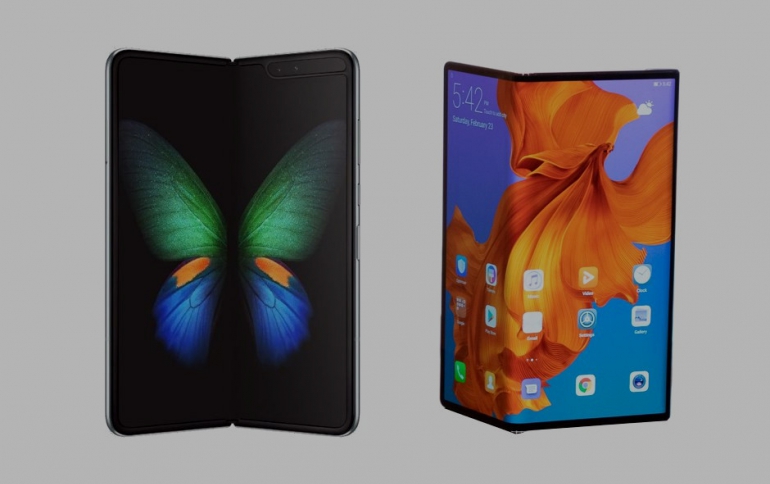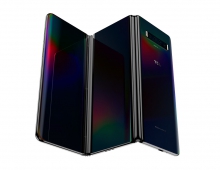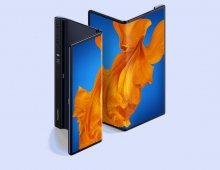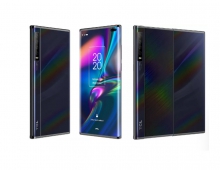
Foldable Phone Penetration Rate to Begin in 2021
Samsung and Huawei had foldable concept phones on display in MWC 2019, but they are still in the stages of market-response observation and product-design adjustment.
WitsView, a division of TrendForce, predicts a meager foldable smartphone market penetration rate of 0.1% in 2019. This figure is expected to increase when more panel providers join the game and panel costs become lower. That could help market penetration rate to reach the 1% in 2021, and accelerate past 3.4% in 2022, according to WitsView.
WitsView's Research Director, Boyce Fan, points out that the most significant design difference between Samsung and Huawei lies in the inward/outward folding choice. Samsung adopted a dual-screen design with an outer screen and an inward-folding screen; Huawei on the other hand adopted a single, outward-folding screen design. Overall, the inward/outward designs each have their own advantages, but they are still far from ideal. WitsView considers the outward-folding design as more intuitive, since it reduces the need for an additional screen, yet retains interchangeability between both phone and tablet modes.
The main problem with outward-folding phones lie with the plastic base material currently used for its protective cover, which raises concerns over durability and scratch-resistances. This may also be why Samsung chose an inward design over an outer one. Inward designs, however, are far more demanding technologically due to the small bending radius at the folding point; much effort must be made when adjusting processes and selecting materials. Samsung has filed a considerable number of patents on this area, which goes to show that Samsung possesses a certain degree of technological superiority in inward designs.
On the other hand, it remains for time to tell whether protective covers will embrace ultra-thin glass materials once more. Apart from the developments in material specifications, it is also worth observing in smartphone markets whether consumers, who have gotten used to the feel and look of glass protective covers, are willing to accept phones covered in plastic.
Looking at the supply side, there aren't that many suppliers able to provide a steady flow of foldable panels. Samsung relies on its own panels and isn't worried about supply shortage; Huawei on the other hand is dependent on China's panel manufacturers, but the scale may still be limited by current technology and yield rate. Other smartphone brands suffer from a lack of stable panel supply, which may prove to be the bigger bottleneck in the early stages of foldable-phone developments.
WitsView observes that China's panel manufacturers are still only in the initial stages of flexible AMOLED panel development and possess limited actual supply potential—their current production capacity only make up about 27% worldwide, with Korean manufacturers gaining the absolute upper hand short-term. China's panel manufacturers will, however, allow its newfound flexible AMOLED production capacity to contribute to production in the coming 2~3 years; they will catch up with Korean panel manufacturers in flexible AMOLED production capacity after 2020. After supply rises and competition increases, panel prices may finally have a chance to drop. Moreover, China's smartphone brands reach a wide audience in the global market,and have a great potential need for AMOLED panels and foldable phones—both factors will prove somewhat beneficial in digesting the production capacity of China's panel manufacturers in the future.
WitsView points out that in these current early stages of foldable phone development, penetration rate growth will not only be directly affected by high prices, but also be limited in large part due to uncertainty of the added value foldable phones may provide consumers with. Thus it remains to be seen how suppliers will convince consumers and stimulate sales by software and UI optimization and integrating the unique nature of foldable phones. The high transmission speeds and low latency that 5G boasts and the size-adjustability of foldable phones may furthermore boost user experience with these devices. It is predicted that as 5G gradually finds widespread use starting from 2021, foldable phones will fall into place production capacity.





















